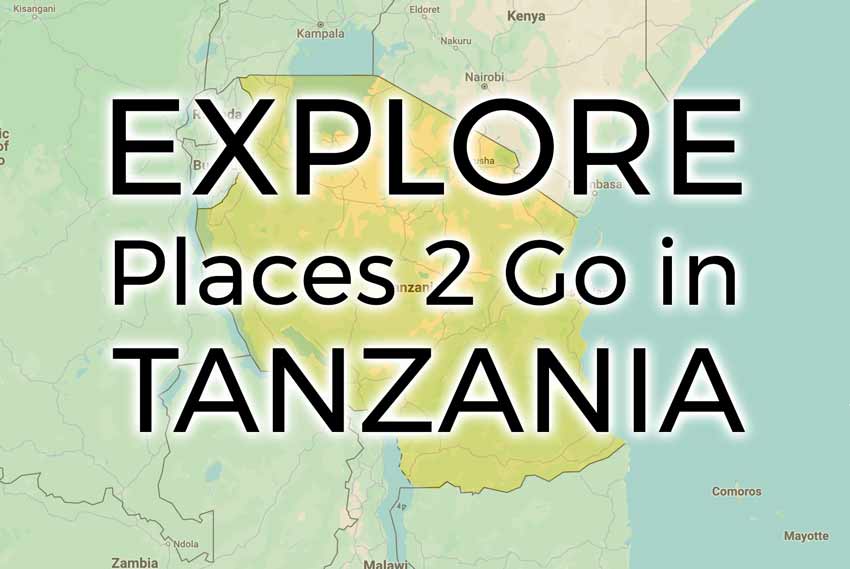Katavi National Park
Description: Isolated, untouched and with few visitors, Katavi is a true wilderness, providing a taste of the untouched Africa.
As Tanzania’s third largest national park it would attract large numbers of visitors, but it is in the remote Southwest part of Tanzania and difficult to reach. It is best to visit during the dry seasons (June through October) when water is scarce and for miles along the Katuma River, animals congregate in unbelievable numbers.
Towards the end of the dry season, up to 200 hippos might gather in one place and as more gather, the male rivalry heats up with ferocious territorial fights.
Location: Western Tanzania, reachable only with shared
Things 2 Do: Game Drives, Walking Safari, Fly Camping
Time: Stay at least 3 or 4 nights. Go in dry seasons: June to October and late-December to early March.
Animals: Thousands of Elephants, several herds of 1000-plus Buffalo and an abundance of Giraffe, Zebra, Impala, Hippos and Reedbuck, not to mention the numerous Lion prides and Spotted Hyena clans.
Accommodations
$
Chief Nsalamba Rest House
$$
Katavi Wildlife Camp
Mbali Mbali Katavi Lodge
$$$$
Chada Katavi
“We absolutely loved our experiences with Access 2 Tanzania. We booked our trip to Tanzania only a month before departure and were very happy to find out that November was the low season and that the lodging was still available. Karen was very responsive in getting the dates and bookings to us for review and took the time to talk to us over the phone a couple of times to ensure that we understood the details of our trip. The other highlight of our trip was the guides at Access 2 Tanzania. All of the guides that we had were great. However, our primary guide, Raymond, was the best guide that we have ever had on a trip anywhere and we have traveled a lot around the world. We felt incredibly safe while we were with Raymond. He was also very knowledgeable about Tanzania and the wildlife. He knew exactly where to take us to see the most wildlife and had an incredible eye for spotting the wildlife. He was able to spot wildlife that we could not see with binoculars using his own eyes.”


